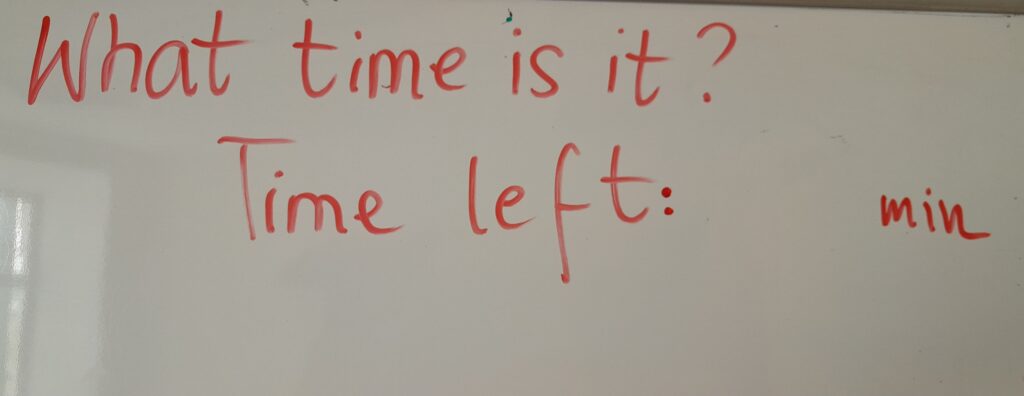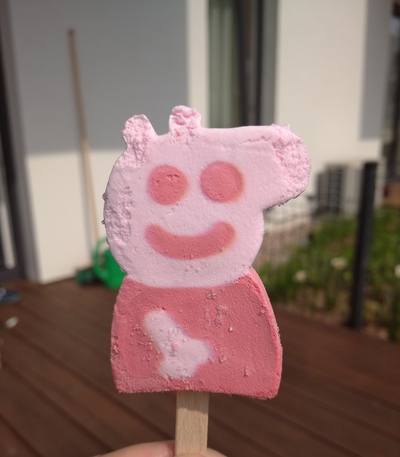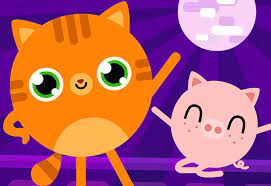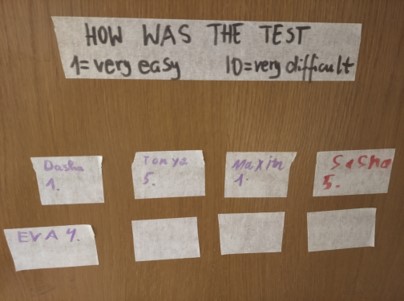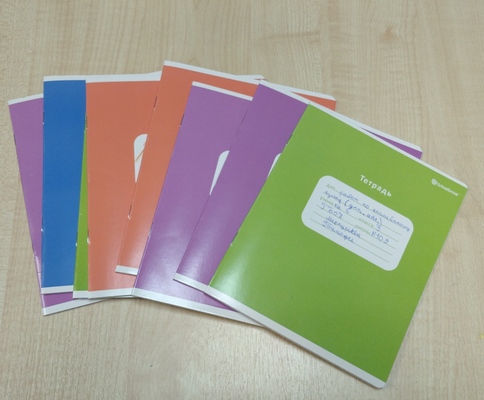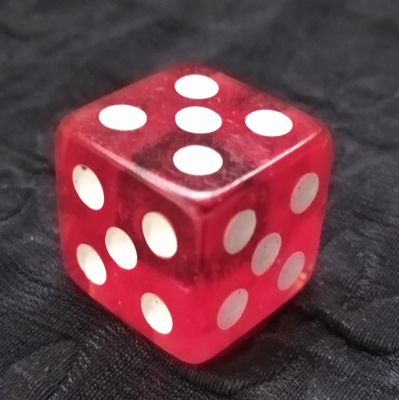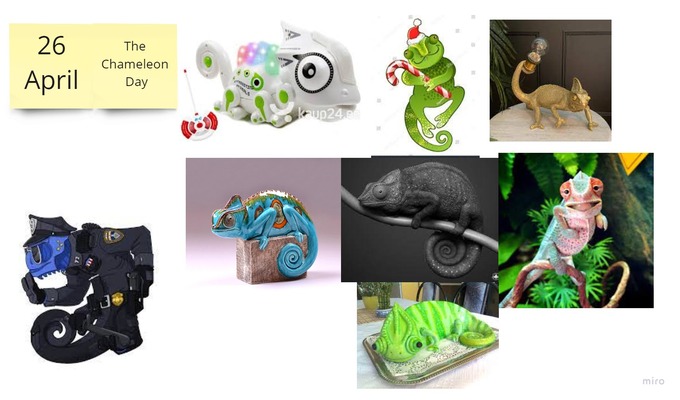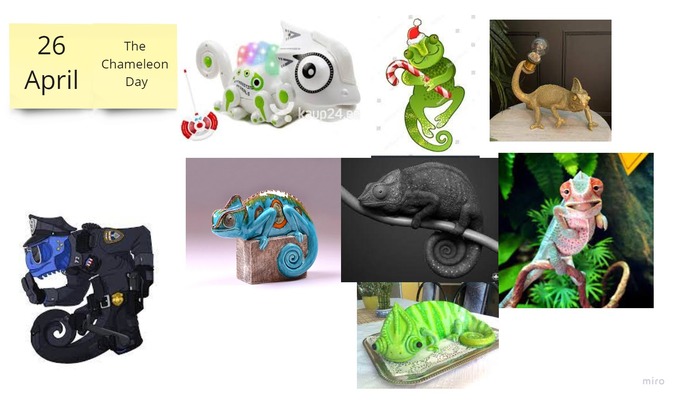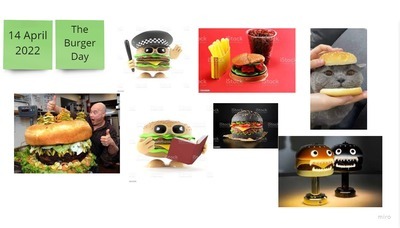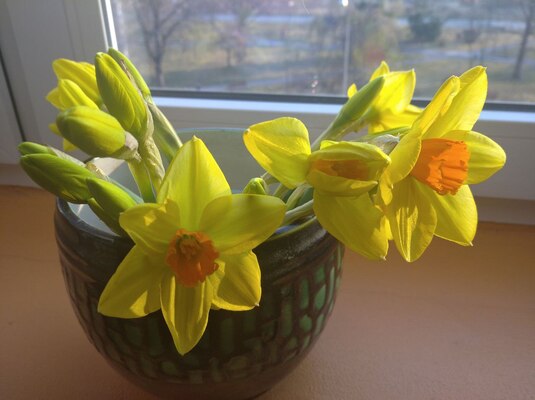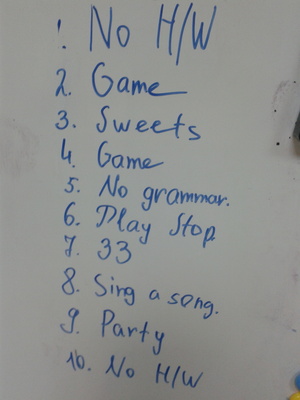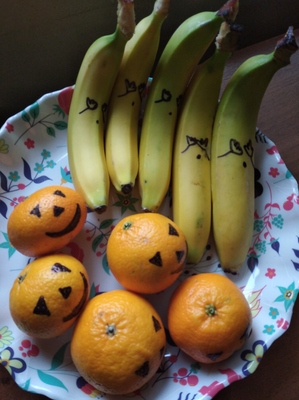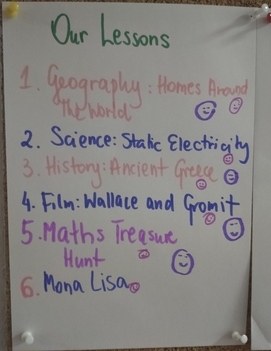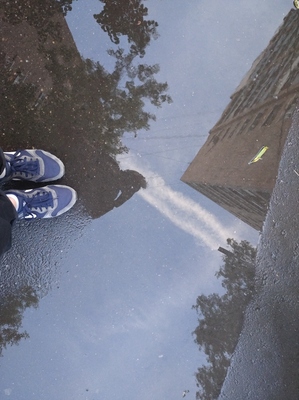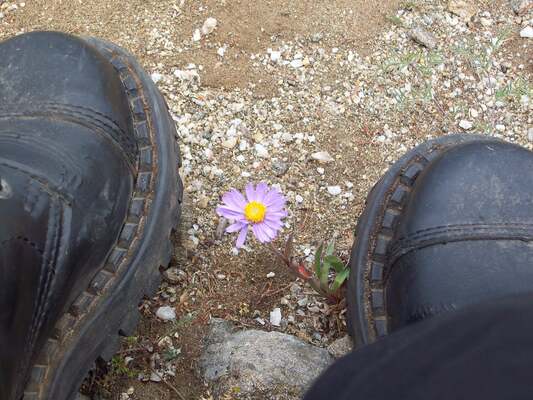
The academic year has started and this September I have found myself with a new group of children, in a new school and, in general, in a completely new environment. It is a bit of a whirlwind and how else? Greenday’s song with the most amazing title and line ‘Wake me up when September ends’ was not written for teachers but it surely feels like it was. However, primary school kids, a new academic year and a new course means only one thing: working on the new class routine. This still stands true.
All of it might a blessing in disguise. A teeny tiny bit uncomfortable because I am literally out of my comfort zone (and my classroom) but how beneficial! Instead of bringing the kids into my world and my kingdom (aka my classroom), I get to take what I know and believe in and to organise a new world and a new kingdom (and a classroom!) accordingly. These new circumstances are an interesting opportunity for me to reconsider what the class routine means for me, what are its main elements and how they can be translated into a new environment.
I decided to keep a diary of the first month to see what is going on and this way create a mini-series on the blog.
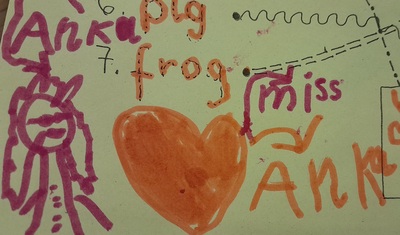
Starting the lesson
Where I teach at the moment, the kids have their classroom and they can go in and out of the classroom, outside of the lesson time, whenever they want. For that reason, we cannot do the line-up outside that I like so much. What is more, the school does not have any bells or any signal system as there are primary and pre-primary classes, with a slightly different timetable and that means that anything ringing for one would be a distraction for the other. However, that also means that we have no official start of the lesson.
For that reason, as soon as it is time to start the lesson:
- I put the hands up and we count down from 10 to 0, while I am counting on my fingers to give the kids a few seconds to calm down
- We exchange hellos (‘Hello everyone!’, ‘Hello, Miss Anka’)
- We do the roll call (‘Let’s check who’s in today!’ ‘Sasha?’ ‘Here’) – this is not only for me to mark everything in the register and to learn and to practise the names of all my kids (after two days, I already remember all of them, phew). This is also for me to check who is sitting where (as this can change) and we connect it with ‘checking’ that everyone’s names are on the board which is especially important for the kids who do not yet recognise their name in English.
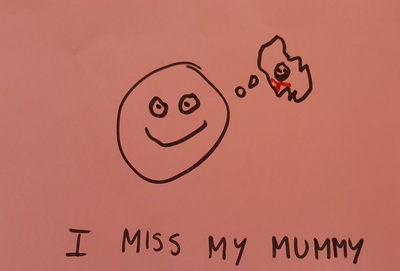
How do you feel today
This was something that I knew I wanted to be a part of our routine from the very beginning and for many reasons, too. It is always a good idea to gauge the mood of the audience, regardless of the age or level and I like to know how my students are feeling on the day but it seems to be especially important for the younger kids in the beginning of the course and super super important for the year 1 students who are getting used to the routine and who are also getting used to being away from mum. All these emotions can help with dealing with different behaviour issues and they will be necessary to help the kids develop empathy towards their classmates. Plus, a lot of useful language that we will need to tell stories.
Anyway, we started the week with the six basic ones (happy, sad, angry, scared, sleepy, OK) but more adjectives and phases followed and by the end of the week we also had ‘hungry’, ‘tired’, ‘thirsty’, ‘not so good’, ‘energetic’ and, suggested and created by one of the kids, ‘I miss my mummy’ (in the photo above). Which, by the way, is an absolute treasure – my student not only noticed the need for this flashcard / emotion, he decided to share it and to produce the card following the conventions of the genre (aka all the cards I produced), including the colour, the size, the style and the choice of the symbols. He also insisted on my writing the English version of it and on displaying it on the board. And you know what? He read the audience exceedingly well! This is now one of the most popular way of answering the question…
I have them all on very simple foam flashcards and they are displayed on the board in the beginning of the first lesson. We go over all of them, ‘reading’ them and using the accompanying gestures i.e. even if the flashcard has only ‘happy’ written on it, we say ‘I am happy’ and I demonstrate the gesture for that.
Afterwards, I ask all the kids, in turns, ‘How do you feel today?’ and the kids answer. This stage is followed up by a song, which we sing together and which creates a nice balance, an individual task / production followed up by a group, choral activity. At this point we are using ‘Hello Song‘ from Super Simple Song.
We also write on the board the following: the day, the date, the weather, the subject and the time slot.
Songs
We have only started the course so there aren’t many songs that we know or that we have managed to choose as our favourites. However, I try to include songs as punctuation marks because we have a long day and although the kids get their snack and movement breaks, they still need some stirrer in the middle of the lesson. So far we have included the following: A is for Apple (English), I can count to 20 (Maths) and Who Took the Cookie from the Cookie Jar (as our final game in the Maths lesson, which, at this point, is the end of the English day. This will have to change in the following week).
Rules and Classroom Language
Speaking of rules, I think I have broken a few myself. I HAVE NOT introduced any rules in the first week. The teacher and the trainer in me are appalled at such a negligence. Or, rather, they should have been but they are not. Oups, sorry not sorry.
As I said, I am in a new environment and I decided to act on my intuition and now, after the first week is over, I am actually having a blast trying to analyse what I did and what I did not and why.
I introduced a few basic gestures – expressions in the first lesson and we have been revising these since but I have chosen only the few basic ones that help us navigate around the lesson and the classroom and these are: Yes, No, Stand up, Sit down, Stop, Quiet, Wait. A very, very basic set indeed, to help us survive but not to overload the children.
As regards the actual rules, things to do and things not to do, I took things easy because I wanted to see the kids first, to observe them and to analyse them in order to figure out what are those 5 basic rules that we need first. Again, to help us survive but not to overload the children. Now I know and we are going to be introducing them in the upcoming week, together with more advanced classroom language.
Rewards chart
Our rewards chart was another area that I started to introduce rather cautiously, almost hoping that I can get away with not using it at all. Alas, after two days it turned out that we will need it after all, as one of the tools to help the kids regulate their own behaviour. I am planning to use it temporarily only. I have already written about this kind of an approach and about all of the advantages and disadvantages of rewards charts in general. If you are interested, please follow the link here.
So far I have been using the names on the board, however, because of many different reasons, from tomorrow, we are starting with the hand-held chart.
Time
This is a brand new element that I did not use to think of much before or to include in the routine framework. Until this summer and until this academic year. Here are the two tools / tricks that we have used this week with my kids.
- Lesson plan, or, a list of activities we are planning to cover in class. You can read more about it here. The points keep disappearing as we complete the activities. This helps the kids see the passing of the lesson and to manage their time and behaviour in time. Naturally, all the elements such as ‘songs’ or ‘games’ create something to look forward to in the later stages of the lesson
- A clock on the wall: we started the week without a clock and I lasted two days, upset, confused and angry. This is how I realised that Anka, the teacher adores a clock on the wall, to start and to finish the lesson on time and to understand how and if the pace of the lesson needs to be adapted. On day three the clocks were already on the wall and we used them for the benefit of the kids. One of the things that we put on the wall is the names of the subject (English, Maths, ect) and the time slot of the lesson, for example 9:00 – 9:45. Afterwards, I say: the lesson finishes when the big hand gets to number 9 on the clock, while pointing to the hand and the numbers on the clock. I have noticed that children started to respond to that. We will continue.
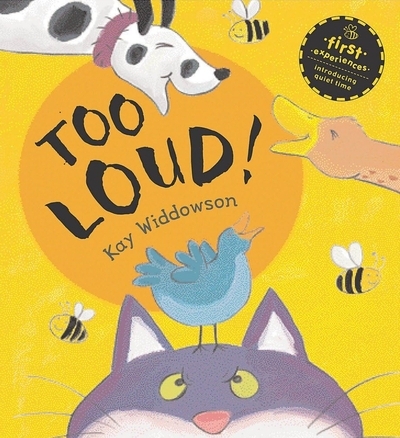
Story
I have also decided that our last lesson of the week (Thursday) will be a story lesson, in order to finish the week on a high note, to do something lighter and to be able to take advantage of everything that a storybook can offer. This past week my story of choice was ‘Too Loud’ a story by Kay Widdowson about a cat mum who walks through the garden asking everyone, bees, frogs, dogsg and ducks, to keep quiet and only in the end do we find out that it is because her kittens are sleeping and she doesn’t want them to wake up.
We used the story to practise reading the names of animals, CVC words and not and to read and the kids were involved through the phrase ‘Stop. You are too loud’. This phrase is an adaptation of the line that features in the story, although I adapted it a little bit. I decided to use only ‘too loud’ instead of ‘too loud’ and ‘too noisy’ and I have developed it into a full sentence that we can use in the classroom on daily basis.
Socialising
Turning a group (or a class) into a community is a long-term project that will take us a large part of the academic year. I have already written a bit about it here. We have already started to work on it and in the first week:
- we have done a lot of activities whole class, to give us all a sense of one organism
- I have tried to use the kids’ names whenever possible and to keep them on display all the time, to give us all a chance to learn them. We have also done a few rounds of ‘Can you read that name?’
- we have tried to play a boardgame, for me to see to what extent the kids are ready to take turns, to obey the rules, to work in small pairs
- I have been observing how different kids work and interact with different partners although they hasn’t been a lot of mingling yet because I did not want to introduce anything mess-inducive before the kids are ready.
- we have worked a lot with markers because it is fun and markers are an easier writing tool but it also helped with the simple team work as the groups of two or three students were given a box of markers to share and to take care of
- I have started to involve the children into taking control of the classroom and the lesson i.e. inviting them to be the teacher, assigning a student to give out and to collect resources.
Don’t forget to check out the next episode in the series, at the end of the week! There is more to come! Here you can find the story of week 2, week 3 and week 4. You can also check up on us after four months in the classroom. Here is the newest addition to the series.
Happy teaching!

